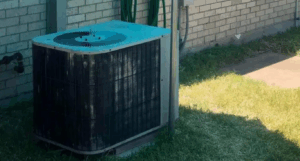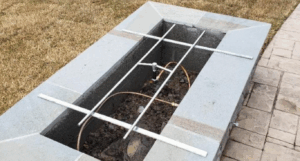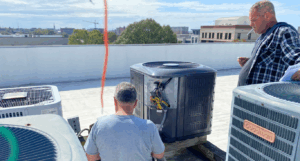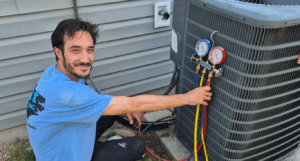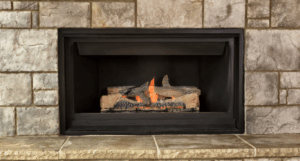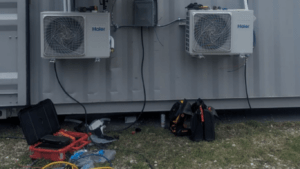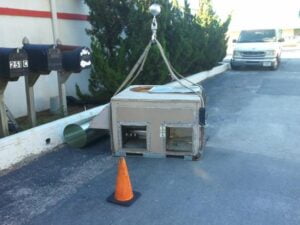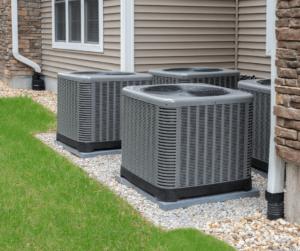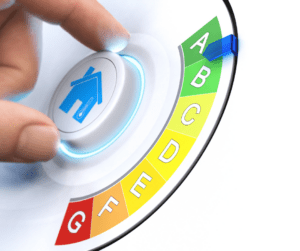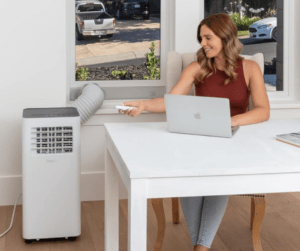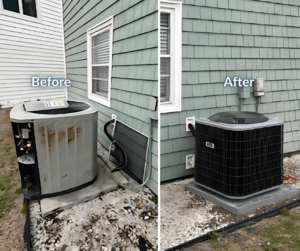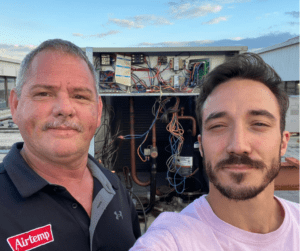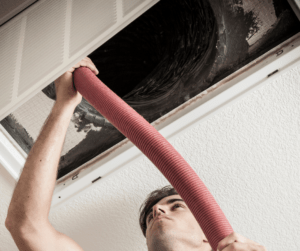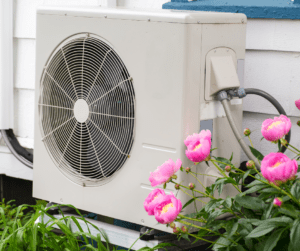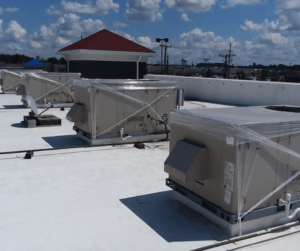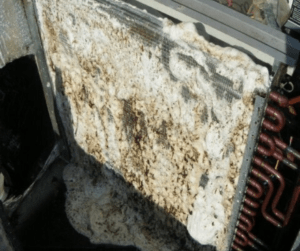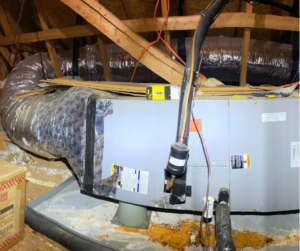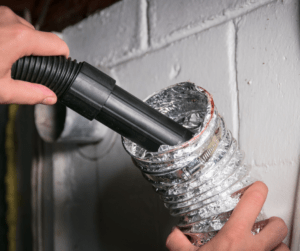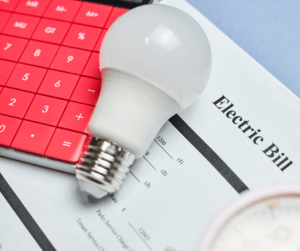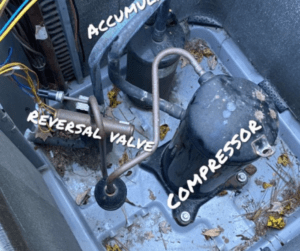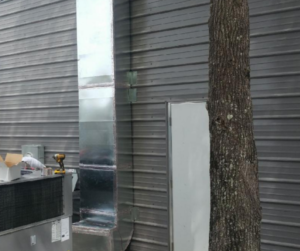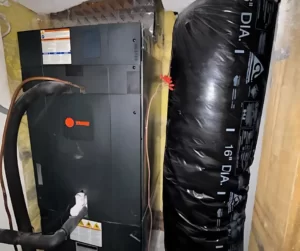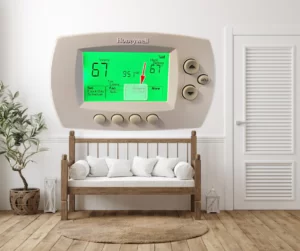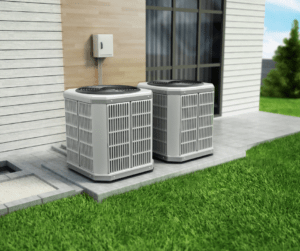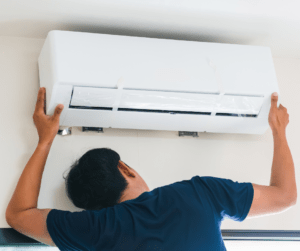The Basics of Static Pressure HVAC Explained
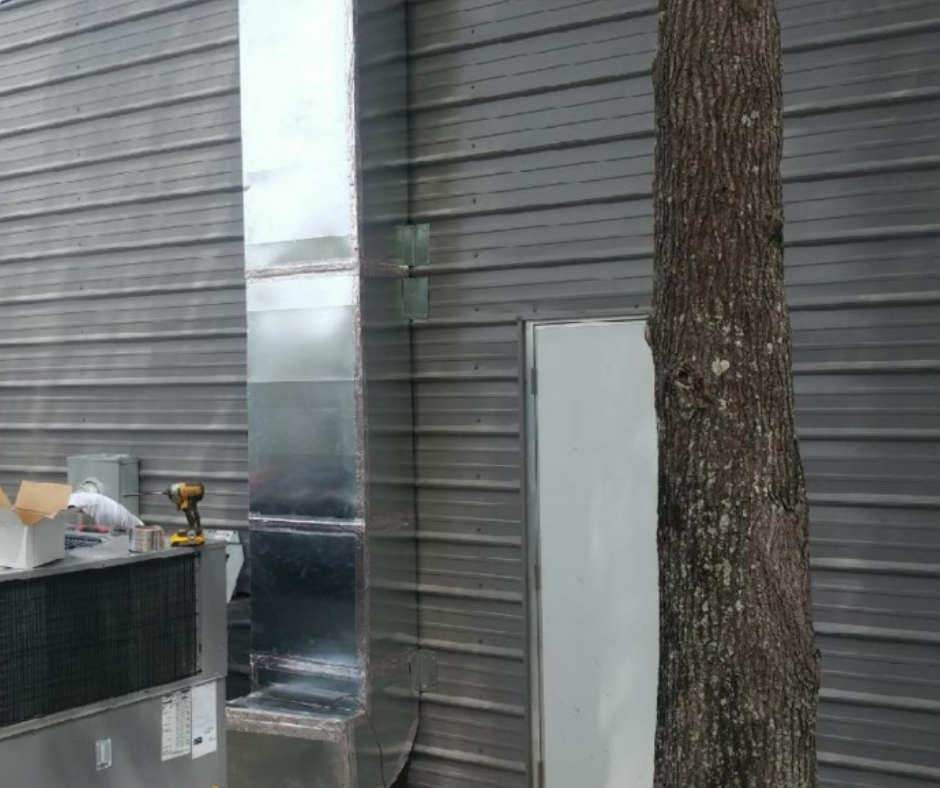
Understanding static pressure HVAC is essential for anyone looking to optimize their heating and cooling systems. Static pressure refers to the resistance to airflow within the ductwork, and getting a handle on this concept can significantly improve your HVAC system’s efficiency and comfort levels.
Whether you’re a homeowner, an aspiring technician, or simply curious about how your HVAC system works, this guide will break down the fundamentals of static pressure in an easy-to-understand way. By demystifying this important topic, we aim to empower you with the knowledge to make informed decisions about your HVAC needs.
What Is Static Pressure in HVAC Systems?
Static pressure in HVAC systems is a crucial concept that refers to the resistance to airflow within the ductwork and other components. Think of it like the water pressure in your plumbing system; just as water pressure needs to be balanced for optimal performance, so does the air pressure in your HVAC system. When air flows through the ducts, it encounters various forms of resistance, such as friction from the duct walls, bends, fittings, filters, and even the grills and diffusers where the air exits. This resistance creates what we call static pressure.
Static pressure is measured in inches of water column (in. WC) and can be categorized into two main types: total external static pressure and internal static pressure. Total external static pressure is the resistance measured outside the HVAC unit, primarily within the ductwork. Internal static pressure refers to the resistance inside the unit itself, including components like the blower and heat exchangers.
Understanding static pressure is key to maintaining an efficient and well-functioning HVAC system. If the static pressure is too high, your system has to work harder to push air through the ducts, leading to increased energy consumption and potential wear and tear on the components. On the other hand, if the static pressure is too low, it can result in inadequate airflow, poor temperature control, and discomfort in your living spaces.
By keeping an eye on static pressure levels, you can ensure that your HVAC system operates smoothly, providing consistent comfort while using energy efficiently.
Why Static Pressure Matters in HVAC Systems
Static pressure HVAC levels play a pivotal role in the performance and efficiency of HVAC systems. When static pressure is properly managed, your system can distribute air evenly and maintain comfortable temperatures throughout your home. However, when static pressure is imbalanced, various issues can arise, impacting both comfort and cost.
One of the primary reasons static pressure matters is energy efficiency. A well-balanced system with optimal static pressure ensures that the HVAC unit doesn’t have to overexert itself to push air through the ducts. This results in lower energy consumption, which can translate to significant savings on your utility bills. Conversely, high static pressure can cause the system to work harder, leading to increased energy use and higher operating costs.
Additionally, static pressure HVAC levels affect the longevity of your HVAC components. Excessive pressure can strain the blower motor and other parts, potentially causing them to wear out faster. This means more frequent HVAC repairs and replacements, which can be both inconvenient and expensive. By maintaining proper static pressure, you help extend the life of your heating and cooling system, ensuring reliable performance for years to come.
Comfort is another crucial aspect influenced by static pressure. Properly balanced static pressure allows for even air distribution, preventing hot or cold spots in your home. When static pressure is too low, you might experience uneven temperatures and reduced airflow, making it difficult to achieve the desired comfort level.
In summary, understanding and managing static pressure HVAC levels are vital for maintaining an efficient, cost-effective, and comfortable HVAC system. By paying attention to this key factor, you can ensure your system operates smoothly, providing consistent and reliable performance.
Components That Influence Static Pressure
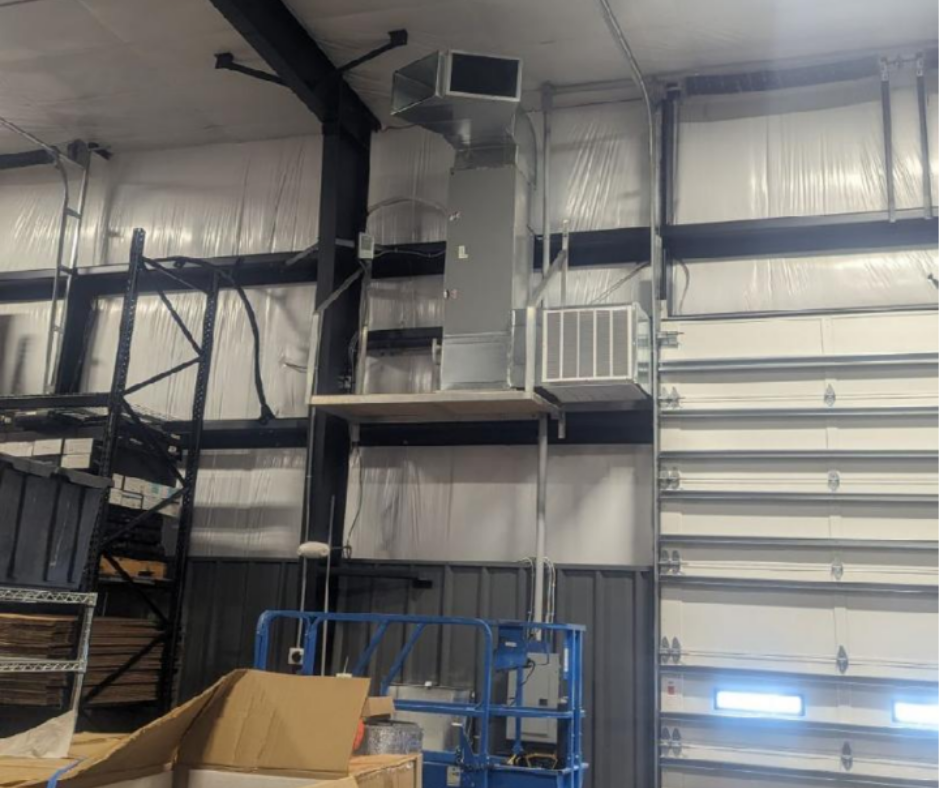
Several components within your HVAC system can influence static pressure, affecting overall performance and efficiency. Understanding these components will help you manage and maintain optimal static pressure HVAC levels.
First, consider the ductwork. The design, size, and condition of the ducts are primary factors. Ducts that are too narrow or have too many bends and turns create higher resistance, leading to increased static pressure. Additionally, leaks or blockages in the ductwork can disrupt airflow and contribute to pressure imbalances.
Filters also play a significant role. Air filters trap dust, pollen, and other particles to keep the air clean, but as they collect debris, they can become clogged and restrict airflow. A dirty or overly restrictive filter increases static pressure, making your HVAC system work harder to circulate air.
Grills and diffusers are other critical components. These are the vents where the air enters and exits the duct system. If these are blocked or improperly sized, they can cause uneven airflow and contribute to higher static pressure.
Blower motors are integral to the system as well. The blower is responsible for pushing air through the ducts. If the blower is not operating efficiently or is mismatched with the ductwork, it can struggle to maintain proper airflow, impacting static pressure.
Lastly, any additional HVAC accessories like dampers, humidifiers, or UV lights can also influence static pressure. These components introduce resistance into the airflow, and if not properly managed, can lead to increased pressure within the system.
By being aware of how each of these components affects static pressure, you can take steps to ensure your HVAC system operates efficiently and effectively.
Measuring Static Pressure in HVAC Systems
Measuring static pressure in HVAC systems is a straightforward but crucial task to ensure your system is operating efficiently. To measure static pressure HVAC level, you’ll need a device called a manometer, which gauges the pressure difference within the system.
Start by turning off your HVAC system to safely access the ductwork. Locate two key points for measurement: one on the supply side (after the air leaves the blower) and one on the return side (before the air enters the blower). These locations will give you the total external static pressure.
Drill small holes at these two points, being careful to avoid any wiring or other components. Insert the manometer probes into these holes to take your readings. The manometer will display the static pressure in inches of water column (in. WC).
Compare the measured values to the manufacturer’s specifications for your HVAC unit. If the static pressure HVAC issue is outside the recommended range, it’s a signal that adjustments are needed. High readings may indicate issues like clogged filters, narrow ducts, or excessive bends, while low readings might suggest leaks or inadequate duct sizing.
Regularly measuring static pressure helps identify problems before they escalate, ensuring your HVAC system runs smoothly and efficiently.
Common Problems and Solutions for Static Pressure
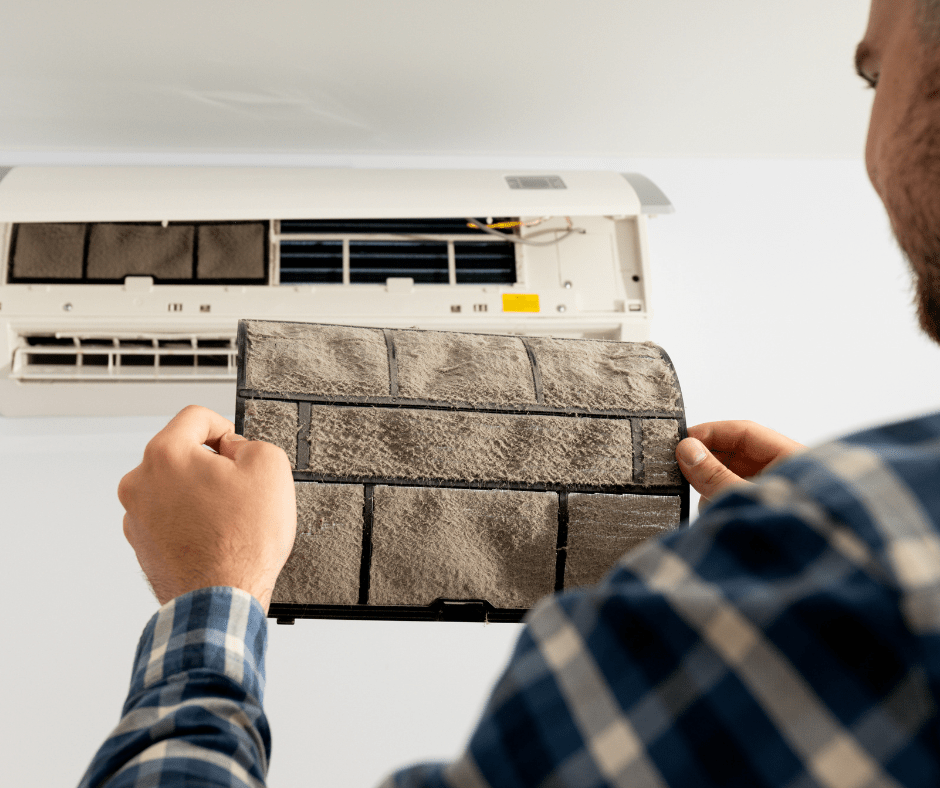
One common problem associated with static pressure in HVAC systems is clogged or dirty air filters. When filters become blocked with dust and debris, they restrict airflow, increasing static pressure. The solution is straightforward: regularly check and replace air filters according to the manufacturer’s guidelines.
Another frequent issue is ductwork design. Narrow ducts, excessive bends, or long duct runs can create significant resistance. To address this, consider consulting with an HVAC professional to evaluate and potentially redesign your ductwork for better airflow. Duct leaks are also a significant concern. Leaks allow air to escape, causing pressure imbalances and inefficient HVAC system performance. Sealing any gaps or holes with mastic sealant or metal tape can mitigate this issue.
Additionally, blocked or improperly sized grills and diffusers can disrupt airflow, contributing to high static pressure. Ensure that vents are clear of obstructions and properly sized for your system. Blower motor problems can also influence static pressure. If the blower isn’t operating at peak efficiency, it may struggle to push air through the ducts. Regular heating and cooling maintenance and, if necessary, upgrading to a more efficient blower motor can help maintain proper airflow.
Finally, accessories like dampers, humidifiers, and UV lights can add resistance to the airflow if not properly managed. Make sure these components are appropriately adjusted and maintained to prevent them from contributing to static pressure issues. By identifying and addressing these common problems, you can ensure your HVAC system operates efficiently and maintains optimal static pressure.
Tips for Maintaining Optimal Static Pressure HVAC Problems
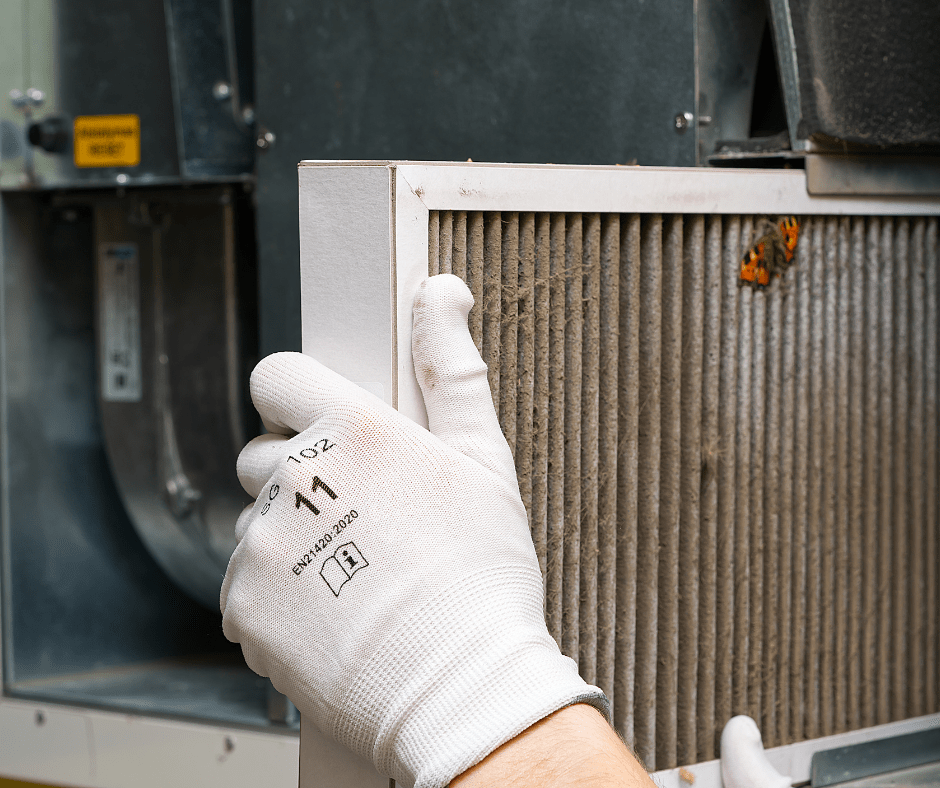
Regular maintenance is key to maintaining optimal static pressure in your HVAC system. Start by checking and replacing air filters every 1-3 months to ensure they don’t become clogged and restrict airflow. Inspect your ductwork for any signs of leaks or damage and seal any gaps with mastic sealant or metal tape. Keep grills and diffusers clear of obstructions to promote even airflow.
Additionally, consider having a professional conduct a thorough ductwork evaluation to identify any design flaws that might be causing high resistance. If you have HVAC accessories like dampers or humidifiers, ensure they are properly adjusted and maintained to avoid unnecessary resistance.
Lastly, schedule regular professional tune-ups to keep the blower motor and other components operating efficiently. By following these tips, you can help your HVAC system maintain the right static pressure, ensuring it runs efficiently and keeps your home comfortable.
Conclusion
With the information that you have been provided here today, you should have an understanding of the importance of static pressure HVAC levels and how they affect your heating and cooling system. For more useful residential and commercial HVAC tips and information, be sure to read our following related articles.


